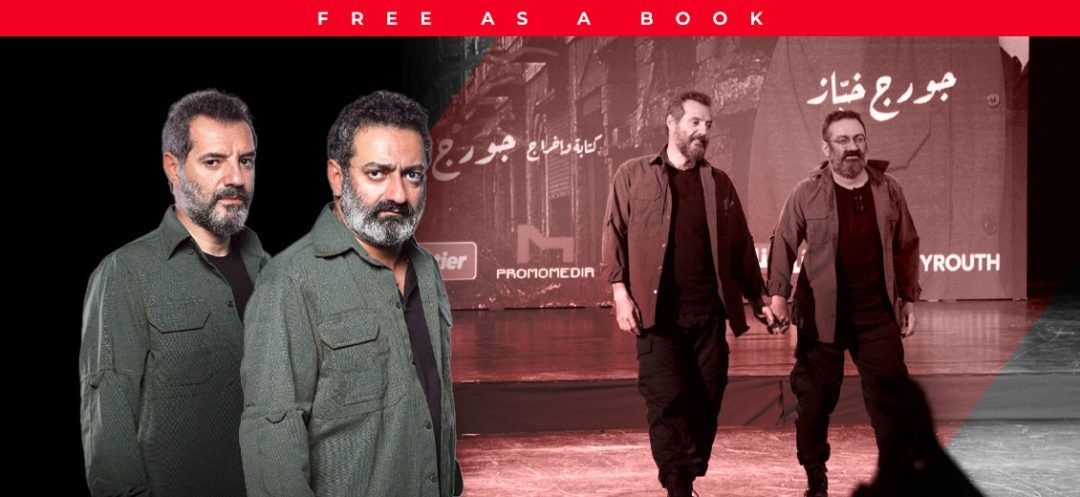
For the first time, a play featuring only two actors—Georges Khabbaz and Adel Karam—has captivated a wide audience and sold out before performances even began. Khiyal Sahra is playing at the Casino du Liban until the end of August and returning during the festive period from December 18, 2024, to January 19, 2025. What does it offer us?
Georges Khabbaz is both the author, director, composer of the music (arranged by Lucas Sakr), and one of the two lead actors in the play. It’s worth noting that in 2008, he received the Best Actor award for his role in Under the Bombs by Philippe Aractingi at the 8th Rotterdam Festival, and he was recently awarded an honorary doctorate by USEK. Adel Karam, one of the kings of Lebanese comedy, is also famous for his lead role in The Insult by Ziad Doueiri, which was nominated for Best Foreign Language Film at the 90th Academy Awards. This marks the first time this duo has shared the stage, made possible by producer Tarek Karam. They act, dance, sing and hold the audience’s attention for 140 minutes straight.
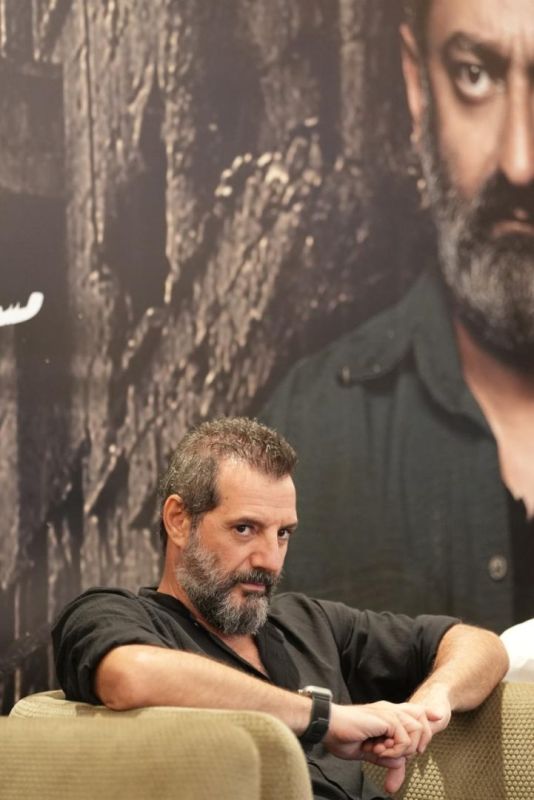
Under the Sign of Duality
The curtains rise to reveal an image of Beirut, devastated during the wars of the 70s and 80s. Two snipers, members of two opposing militias, are seated facing each other, protected by sandbags. Two black-and-white televisions, representing channels “11” and “7” respectively, indicate the political affiliations of the two fighters. The capital is also divided into two: East Beirut and West Beirut. The events of the play unfold during a ceasefire when fighting is suspended. While awaiting the results of the Arab summit in Baghdad concerning the cessation of hostilities, a long dialogue begins between these two enemies, who, by force of circumstances, become friends. Their lengthy dialogue, conveying two opposing viewpoints, is punctuated by verbal and armed confrontations, revealing the absurdity of the Lebanese war. We relive the conflicts between Muslims clinging to Nasserism and Arab nationalist ideology and Christians favoring the Lebanese nation, though never shedding their arrogance and often oversized egos. The two warriors are forced to blindly follow the orders of their leaders or “zaims.” They are there to escape a family and social environment that rejected them from childhood, largely due to their academic failures. They completely identify with their role as heavily armed fighters, which gives them a sense of substance, whereas they had always been relegated to the status of puppets. They are willing to die to impress the society that has long mocked them or to earn, at the cost of their blood, the title of hero in the absence of certificates and diplomas. This nuanced portrayal of the two fighters is designed to highlight the illusory differences between the members of the two political parties, reflecting a divided people grappling with a schizophrenic identity. Each wrongly considers their faction as the model to follow, mocking the other’s way of life, traditions, habits and flaws.
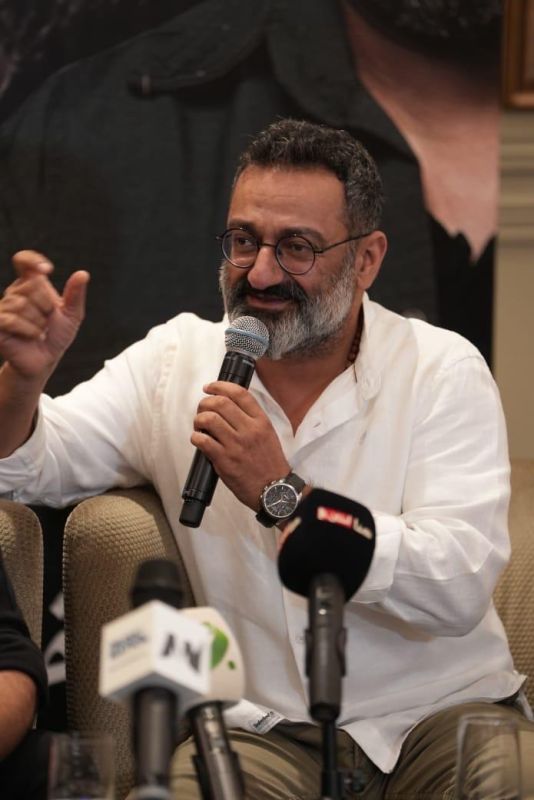
Their Common Denominators
Women, in their various forms, serve as a unifying element. Initially, each fights for his beloved, to amaze her with his prowess and earn her love. If the lack of “enlightened” educators made them failures, they unconsciously rely on a woman’s love to heal all their narcissistic wounds and rebuild their fragile selves. Thus, carrying weapons becomes a substitute for material power, and their role as militiamen, a surrogate for social advancement.
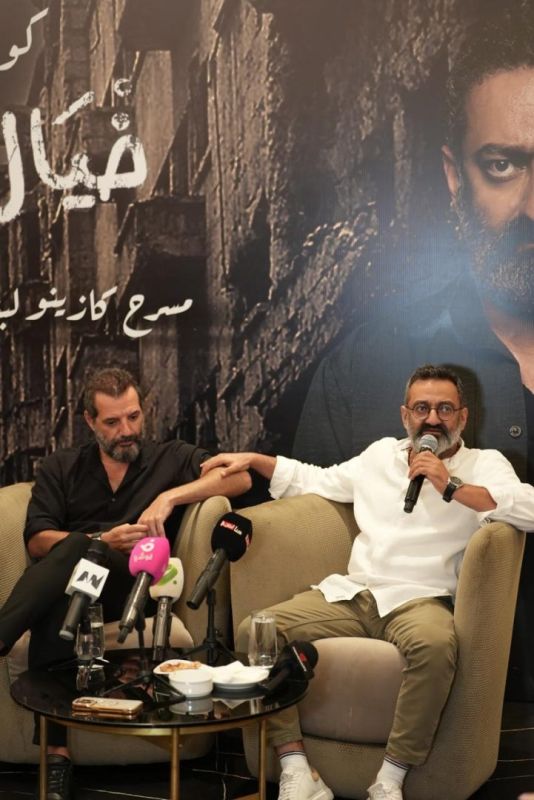
Similarly, in this context of hatred and violence, only one figure is capable of providing them with gentleness and love. As they share the same fate and sometimes the same cigarettes and coffee, their fights are interspersed with intimate conversations. Both think of their respective mothers and attribute an idealized status to them. Their only good memories are owed to their devoted and loving mothers, in a life where disappointments have followed one another in different forms. The human connections they manage to forge despite their discord, quarrels and dissonances are reminiscent of the tenderness they experienced not so long ago. The need to communicate with the other, to unload almost spontaneously, is also a typically Lebanese trait. A Westerner rarely reveals much about his private life and prefers to build barriers between himself and those around him to fully control his time and freedom.
Is Khiyal Sahra a Work of Art or a Brief Summary of History?
It must be acknowledged that the author has done an enormous job as a sociologist, archivist and linguist to reproduce two prototypes of Lebanese people through their sociocultural divergences, with respect for authenticity, despite some shortcomings in the supposed dialects of the two protagonists. Thus, he has achieved his goal as an artist, which is to highlight their commonalities, such as attachment to family, hospitality and the values of generosity, notably through the story of the Abou Ahmad family. What undeniably unites the Lebanese people is their shared status as victims who idolize their oppressors. Khiyal Sahra presents a past, a present and a future that tragically resemble one another. The Lebanese are poor readers. They continue to turn the pages of their successive wars, from 1975 to the present day, without truly reading them or drawing the right conclusions. However, the message delivered by one of the characters at the end is clear: “I dreamed of being a role model, not realizing I would become a cautionary tale for others.”
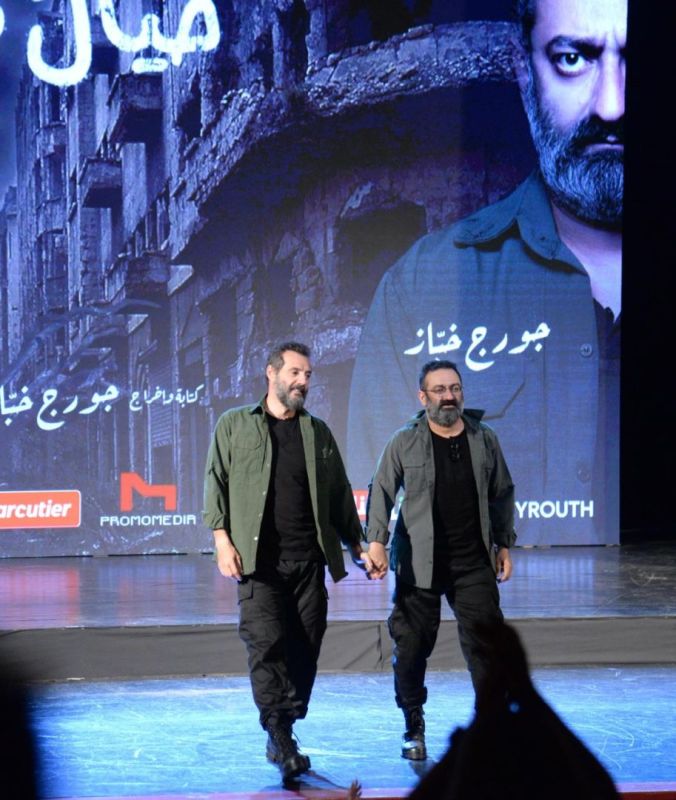
Read more



Comments